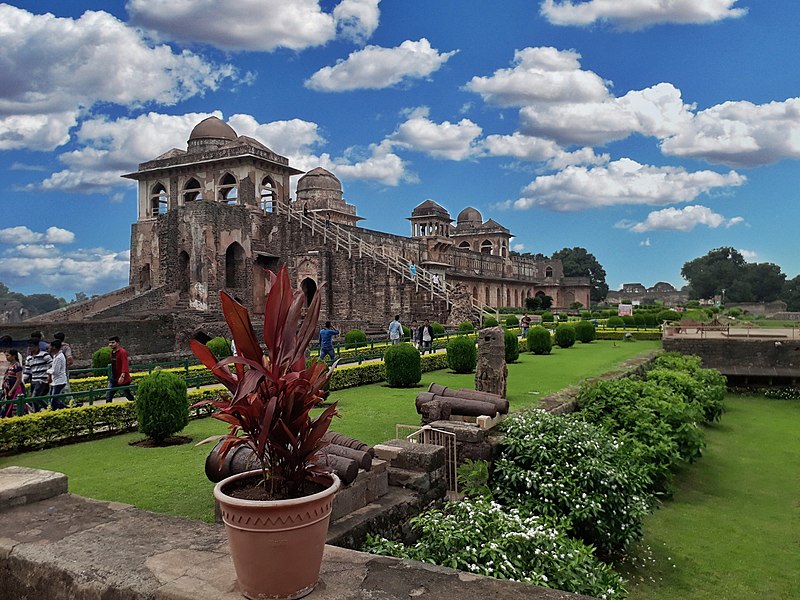
Mandu
City Existing Since 06th Century BC
Shelters The Monument Which Inspired The Taj Mahal
Houses India’s Biggest Fort – The Mandu Fort
Witness The The Legendary Romance of Roopmati & Baz Bahadur
Ancient Afghan Architecture
Home To Nummerous Ancient Afghan Architectural Marvels
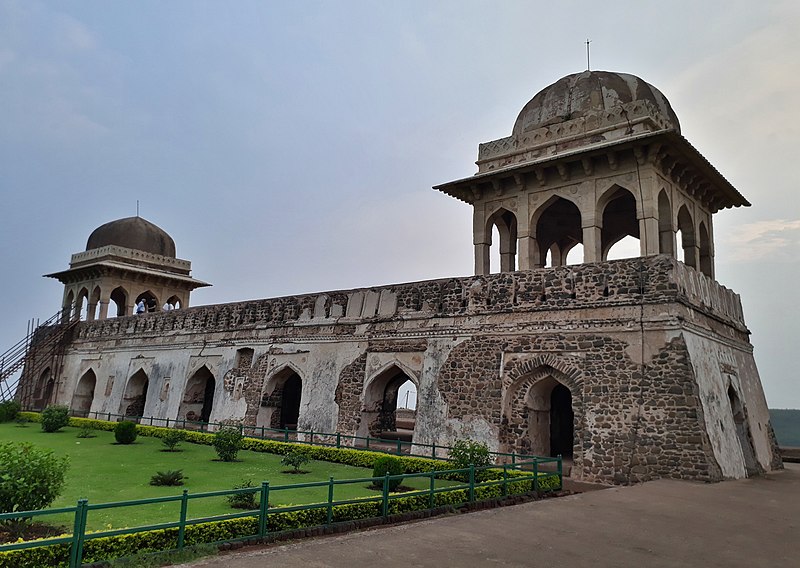
History: According to a Sanskrit inscription of 555 A.D, the History of Mandu goes back to the 6th century when it was a fortified city. It was later named Mandhavgarh in the 10th or 11th century, by the rulers of the Parmara kingdom. In the year 1261, even the capital of the Parmaras was transferred from Dhar to Mandu. Later still, in 1305, the Parmars were captured by the Khiljis. Dilawar Khan, the Afghan ruler of Malwa, renamed the place from Mandu to Shadiabad
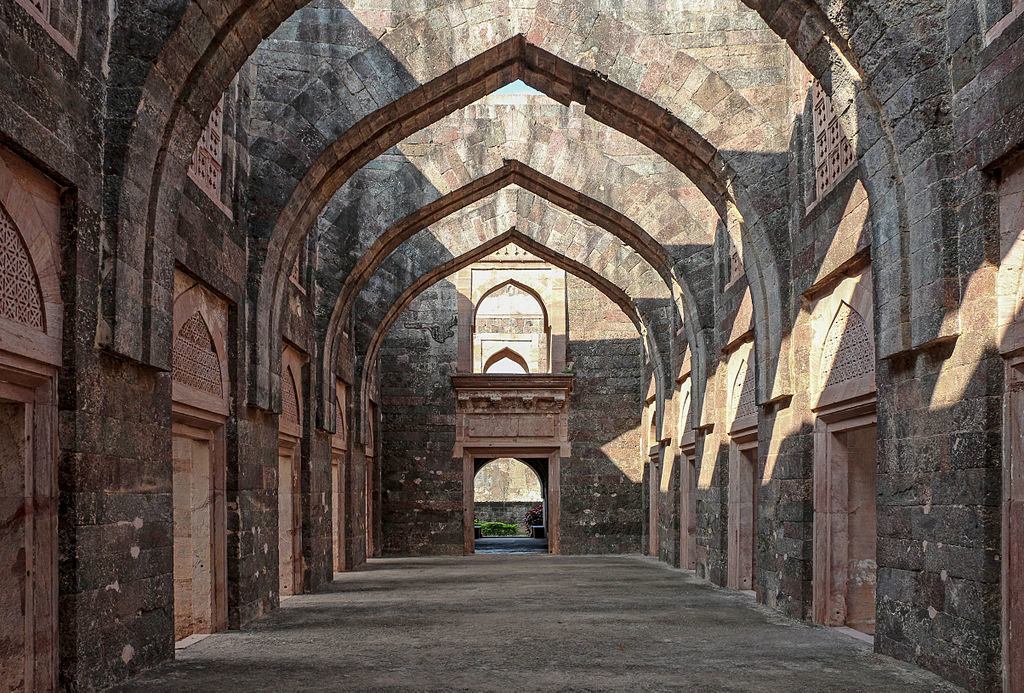
The city of Mandu is adorned with spell-binding Afghan architecture surrounded by baobab trees, native to Africa. The grand palaces are still alive with royal romance while the gateways (darwazas) speak of a history of imperial conquests. A walk through Mandu will leave you awe-struck, the way you used to be listening to stories from grandparents. Mandu or Mandavgad is an ancient city in the present-day Mandav area of the Dhar district. It is located in the Malwa region of western Madhya Pradesh, India, at 35 kilometers from Dhar city. In the 11th century, Mandu was the sub division of the Tarangagadh or Taranga kingdom . This fortress town on a rocky outcrop about 100 kilometers from Indore is celebrated for its architecture. The word “Mandu” is believed to be a Prakrit corruption of “Mandapa Durga”.The inscription is dated 612 VS (555 CE), which indicates that Mandu was a flourishing town in 6th century. Mandu gained prominence in 10th and 11th century under the Paramaras. The town of Mandu, situated at an elevation of 633 metres (2,079 feet), is perched on the Vindhya Range extending for 13 kilometers while overlooking the plateau of Malwa to the north and the valley of the Narmada River to the south which acted as natural defences for the fort-capital the Paramaras.
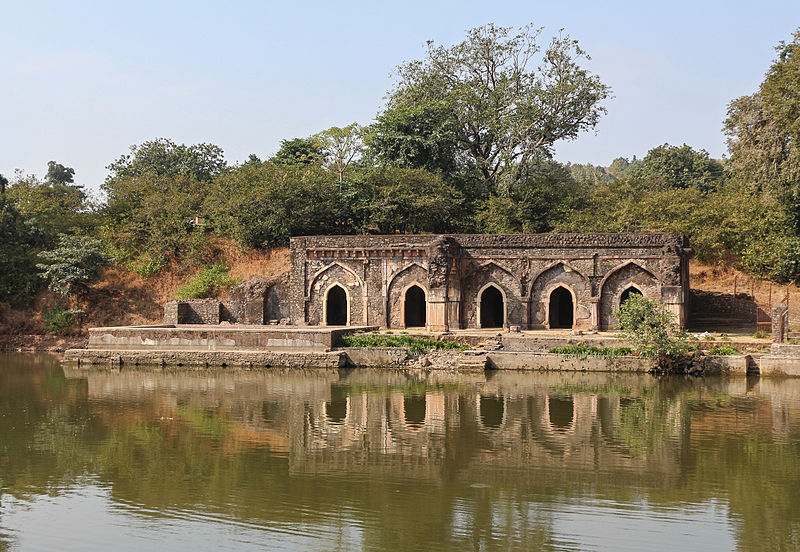
Places of interest Mandu, Roopmati’s Pavilion, Baz Bahadur’s Palace, Main court of Baz Bahadur’s Palace, Rewa Kund, Darya Khan’s Tomb complex, Shri Mandavagadh Teerth, Chaturbhuj Sri Rama temple,
Jami Masjid, (Inspired by the great mosque of Damascus), Hoshang Shah’s Tomb, Mausoleum of Hoshang Shah, Jahaz Mahal / Ship Palace, Jahaz Mahal, The Water Palace, Mandoo, Hindola Mahal and its Arches and The Darwazas (Gates)
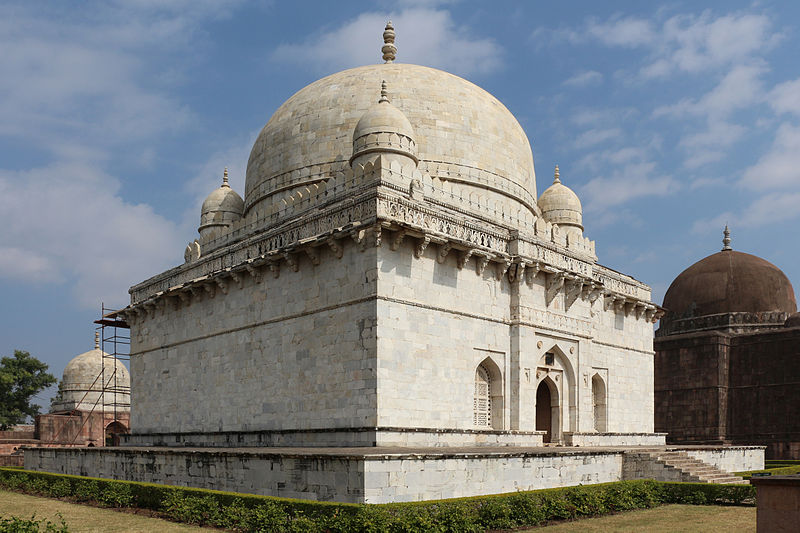
Places near Mandu are Magnificent Maheshwar – Is 65 kilometers and is nearly 02 hours drive – Situated on the banks of river Narmada, Maheshwar appeals to both, the pilgrim as well as the tourist in you. The town possesses a treasure trove of beautiful temples that calm the soul, alongside man. Indore 97 kilometers and is nearly 02 hours drive – A trading hub between the Deccan and Delhi in the 16th century, the city of Indore was discovered by Rao Nandlal Chaudhary in mid-1710. Rani Ahilya Bai Holkar, with her keen interest in education and .
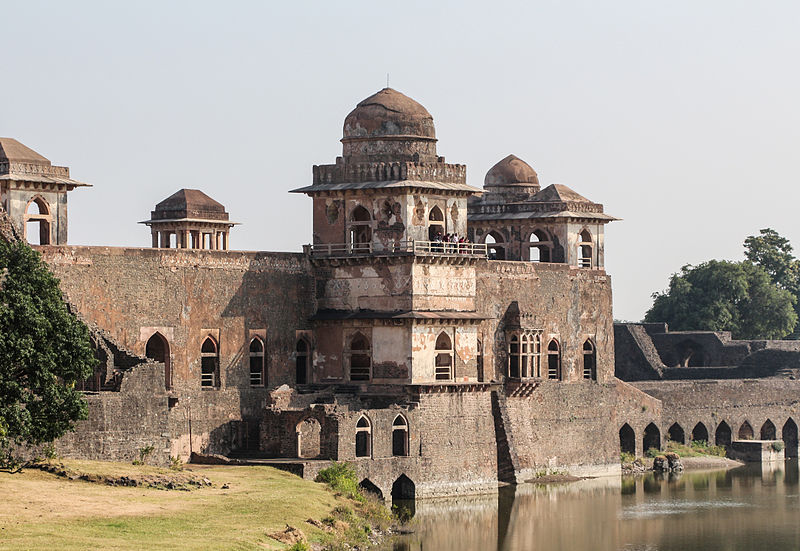
Communication: Reaching Mandu by Air is easy – Ahilyabai Holkar Airport in Indore is the nearest airport. There are regular flights from Delhi, Mumbai, Pune, Jaipur, Hyderabad, Bhopal, Ahmedabad, Nagpur, Raipur and Kolkata. Pre-paid taxis are available from the airport. The city is also well connected with major cities like Jabalpur, Gwalior, Bhopal, Hyderabad and Raipur. Reaching Mandu by Rail is also nice – The nearest railhead is at Indore, 100 kilometers from Mandu. Indore station is an important junction on the Delhi-Mumbai rail route. It is situated 653 kilometers from Mumbai Central, 731 kilometers from Delhi, 176 kilometers from Indore Broad Gauge. Tourists can get down at the Indore station and avail bus/ taxi to reach the place. Reaching Mandu by Road is best – Mandu is well connected by road to major cities in India. Indore, Dhar, Maheshwar and other towns and cities have frequent buses to Mandu. One can rent a car in Indore. The best route from Indore is as follows: Indore – Pithampur – Ghatabillod – Labour – Dhar – Mandu. The distance is approximately 97 kilometers and the roads are in good condition.